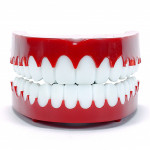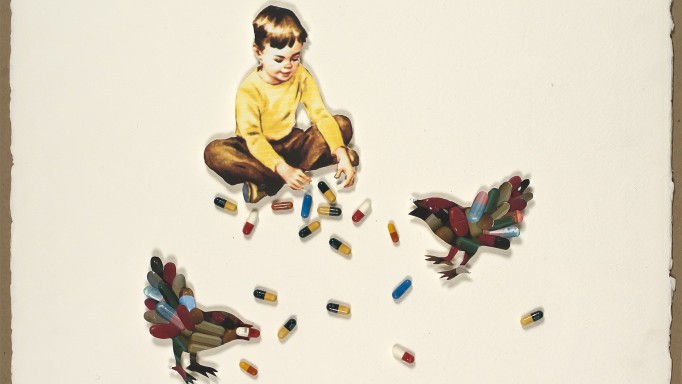Candidiasis is a disease caused by the fungus Candida albicans. It is commonly found on the skin, in the stomach, colon, rectum and vagina, and in the mouth, throat and esophagus.
Most of the time, the fungus is harmless and actually helps keeps harmful bacteria under control. Sometimes, however, it can grow out of control and lead to problems. Vaginal candidiasis is commonly known as a yeast infection. Candidiasis in the mouth or thoat is known as thrush.
Who is at risk for candidiasis?
Candidiasis is more likely to occur in people with a weakened immune system. Using antibiotics, especially over a long period of time—can cause vaginal candidiasis or oral thrush. Thrush can also occur in people who use inhaled steroids, such as those for treating asthma. Poor oral hygiene, smoking and heavy alcohol and sugar consumption can also play a role in the development of thrush.
What are the symptoms of candidiasis?
Candidiasis symptoms vary based on the part of the body that’s affected. Contact your doctor if you experience these symptoms:
- Oral candidiasis: Thrush appears as white or pinkish blotches on the tongue, gums, the sides or roof of the mouth and the back of the throat. Sometimes it can cause the corners of the mouth to become chapped, cracked and sore. Symptoms include burning pain in the mouth or throat, altered taste (especially when eating spicy or sweet foods) and difficulty swallowing.
- Esophageal candidiasis: This type of candidiasis occurs deep down in the esophagus (swallowing tube) and can’t always be seen by looking into the mouth. Symptoms may include pain and difficulty swallowing. It is much more common in people with HIV with lower CD4 counts.
- Vaginal candidiasis: The most obvious symptom of vaginal candidiasis is thick white discharge resembling cottage cheese. It can also cause itching and burning in or around the vagina, a rash and tenderness of the labia and burning when urinating. Women living with HIV are more likely to experience recurrent vaginal candidiasis than women who are HIV negative.
How is candidiasis diagnosed?
Most of the time, a doctor can diagnose candidiasis simply by looking in the mouth, the back of the throat or the vagina. Sometimes it is necessary to scrape the overgrowth for a sample to be sent to a lab. A flexible viewing device called an endoscope may be used to look for candidiasis in the throat. People with oral thrush should be checked for possible esophageal infection as well.
How is candidiasis treated>
Candidiasis in the mouth or throat is usually treated with antifungal medications such as clotrimazole, miconazole or nystatin, usually applied for seven to 14 days. For more servere infections, fluconazole is the most common treatement. Fluconazole is also used to treat esophageal candidiasis.
The usual treatment for vaginal candidiasis is medicated antifungal creams or inserts placed into the vagina. Several brands are available over-the-counter in drug stores. As with thrush, if vaginal yeast infections are severe, persistent or returns soon after treatment is stopped, stronger antifungals may be required.
Because some antifungal drugs can be toxic to a developing fetus, the Centers for Disease Control and Prevention CDC recommends topical treatments for vaginal candidiasis.
Can candidiasis be prevented?
There is no sure way to prevent infection oral thrush, vaginal yeast infections or more serious forms of candidiasis. These are more likely to occur in people with a CD4 count below 200. Starting and staying on effective antiretroviral therapy keeps the immune system healthy and reduces the risk of fungal infections.
Here are some other tips to help prevent candidiasis:
- Watch your diet: It may be helpful to avoid dairy, wheat and foods high in sugar, yeast or caffeine, which are believed to promote fungal overgrowth.
- Eat yogurt: Some types of yogurt that contains Lactobacillus acidophilus, good bacteria than can help keep Candida albicans under control.
- Practice good oral hygiene: This includes brushing your teeth regularly, flossing and using an antiseptic mouthwash (such as Listerine)
- Quit or reduce smoking: Tobacco products, including cigarettes and chewing tobacco, may increase the risk of fungal growth.
- Get enough sleep: Adequate sleep helps keep the immune system healthy.
- Encourage vaginal health: wearing loose, natural-fiber clothing and undergarments with a cotton crotch may reduce the risk of yeast infections. Also, avoid deodorant tampons, feminine deodorant sprays and similar products.
Last Reviewed: April 25, 2023














